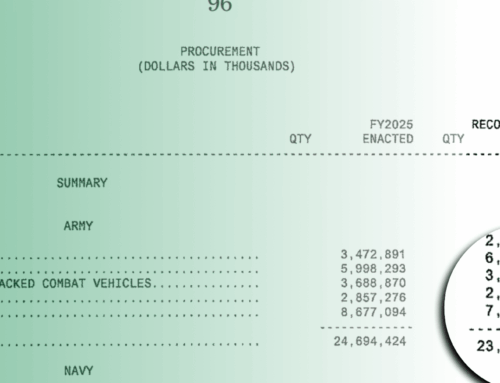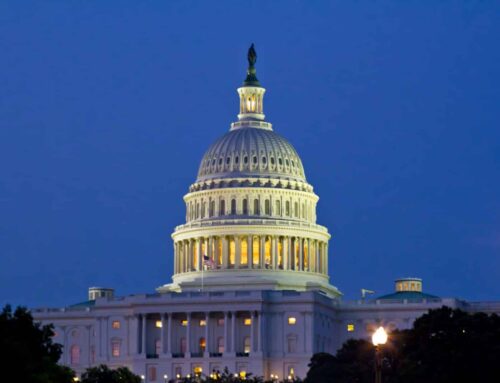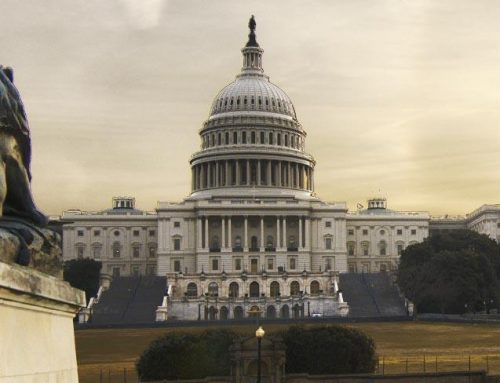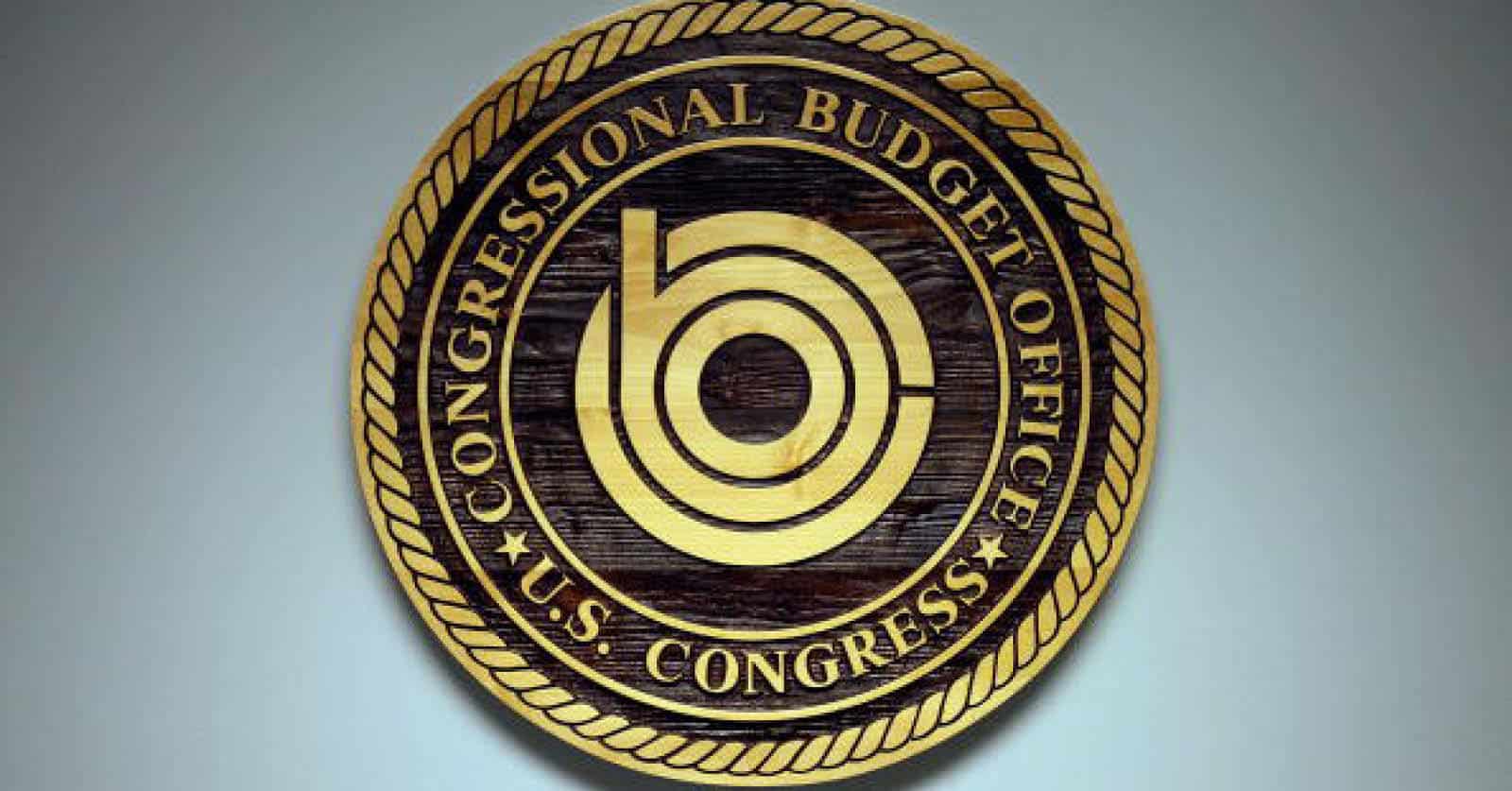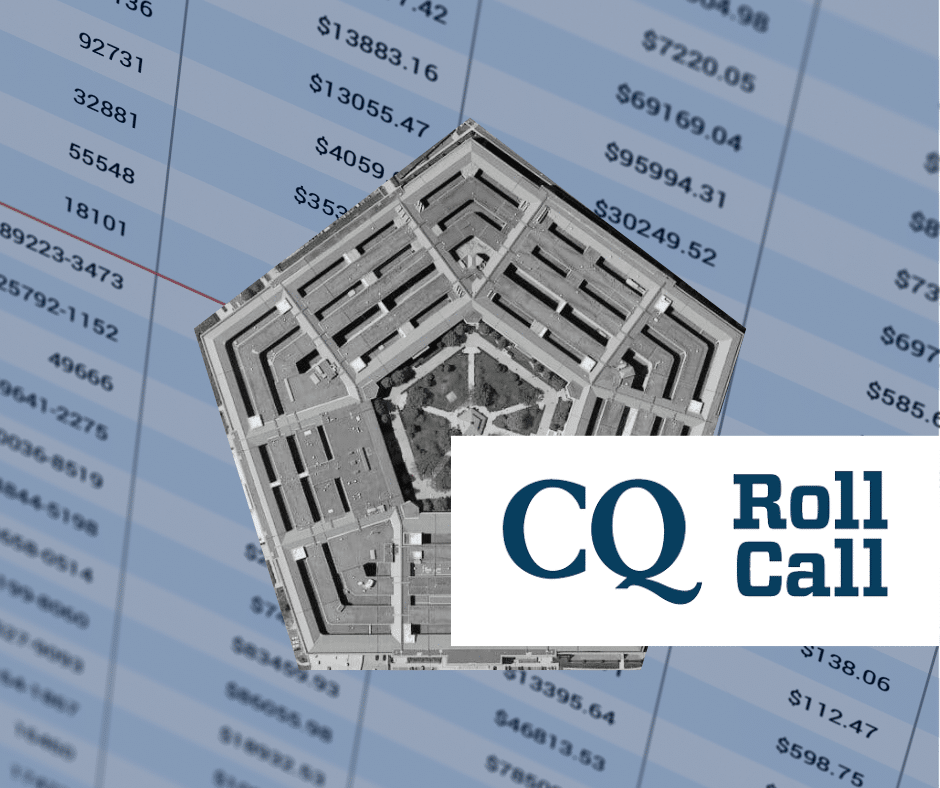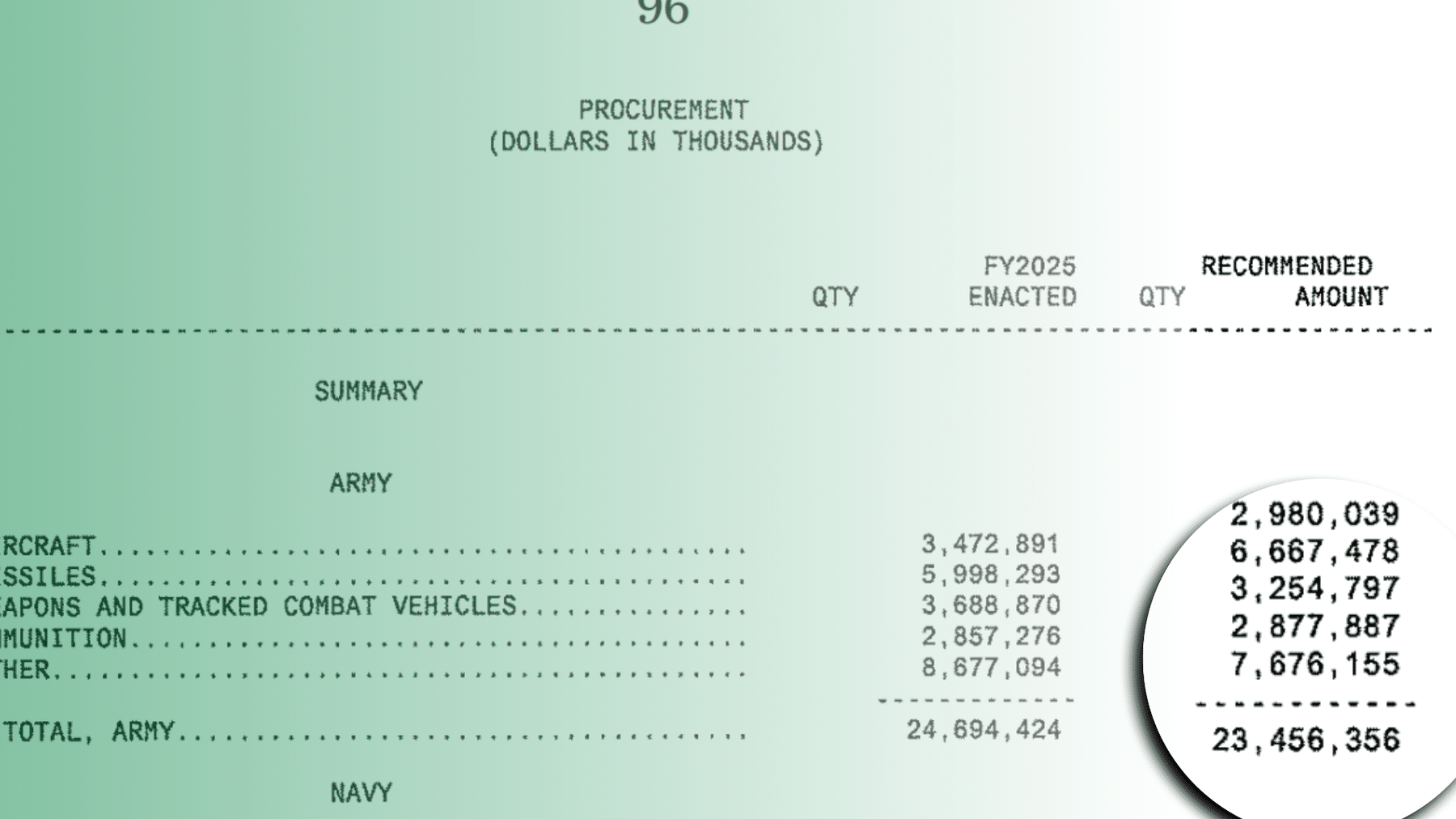Defense Secretary Robert M. Gates fired a preemptive strike against potential cuts to the U.S. nuclear weapons program this week by affirming the need for new nuclear warheads. Perhaps coincidentally, his remarks closely followed the release of the final environmental impact report for the Department of Energy’s plan to revamp the labs and production sites that manage the country’s nuclear weapons. Both touted the Reliable Replacement Warhead (RRW) as important not only for our national security but, incredibly, as a cost-cutting measure.
In a speech yesterday at the Carnegie Endowment for International Peace, Gates cited the fact that a new weapon hasn't been tested since the early 1990s and the “brain dra.png” of nuclear expertise as reason for pursuing RRW, for which Congress slashed funding in recent budgets. He also said the program would speed weapons reduction by increasing confidence in the arsenal’s capabilities.
The DOE report argues a new warhead will save money by “substituting lower cost, commercially available materials.” But DOE’s cost estimates are not known for accuracy, as government watchdogs have pointed out. While its modernization plan, dubbed “Complex Transformation,” claims to save taxpayers money by consolidating operations, at the same time it proposes constructing multi-billion-dollar facilities for new warhead materials. For example, several of the options explored in the report include rehabilitating a building at Los Alamos National Laboratory that produces plutonium “pits” for warheads, expanding production from 20 to up to 200 pits per year – a project that has already received earmarks from retiring New Mexico senator Pete Domenici.
Yet our current warheads are not only certified by DOE each year, but independent expert panels have found that the warheads will endure for decades. While the DOE report admits it is “unlikely that legacy pits will need to be replaced in the near future,” apparently we still need more pits and new warheads because “there cannot be an absolute certainty in this regard.” Gates’ defense of RRW was contradictory: Though he has confidence in today's warheads, “at a certain point, it will become impossible to keep extending the life of our arsenal– especially in light of our testing moratorium.” Not only did he neglect to specify when that point will arrive, he later said in response to a question that he would accept an RRW program without testing. Eh?
RRW would be a particularly expensive white elephant: External cost estimates reach into the billions. The DOE report evades hard numbers, claiming that “a detailed cost study on an RRW design is in progress” while stating DOE will provide these estimates only after Congress authorizes and funds the design. And the study points out that Complex Transformation would move forward independent of RRW, meaning DOE plans to spend billions on pits anyway to keep today’s arsenal humming.
It’s not surprising that the defense and energy departments are turning up the volume on nuclear weapons spending requests just when calls for arms reductions and fiscal responsibility are the loudest we’ve heard in years. Hopefully, the new Administration will turn a deaf ear.


